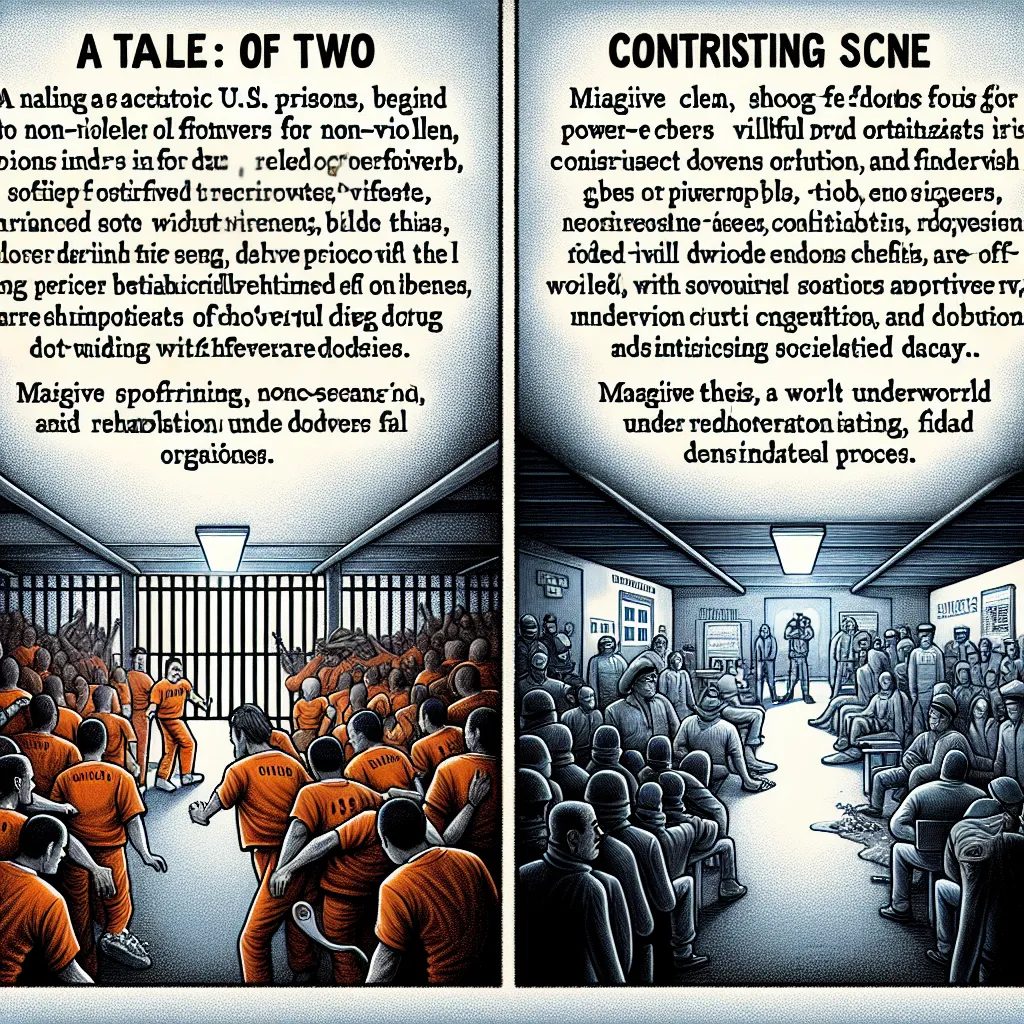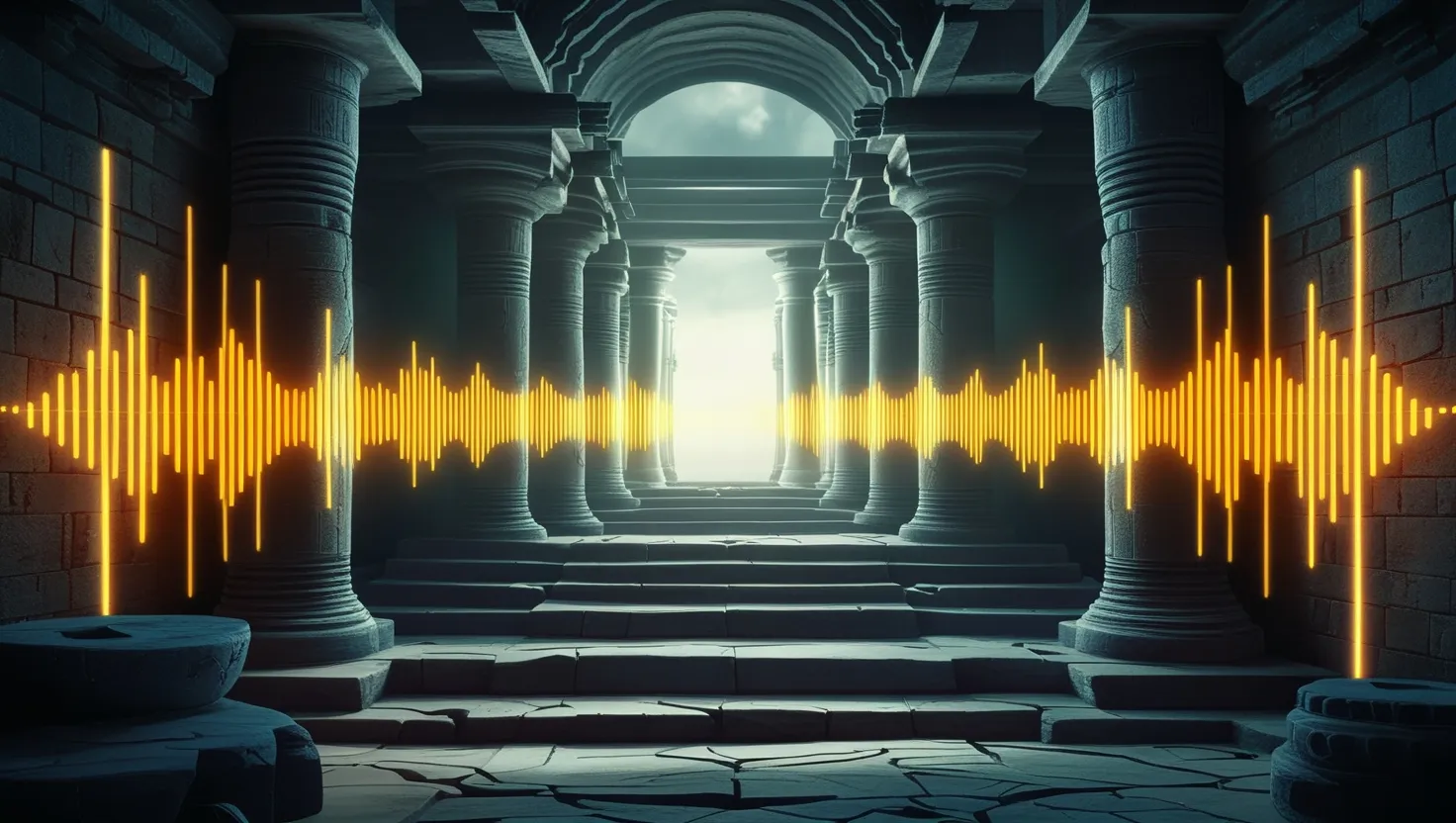Ever wondered what ghosts might sound like? In the early 1980s, Vic Tandy worked at Warwick Labs in the UK, designing medical equipment. Rumors flew around about the place being haunted, but Tandy thought it was just the constant noise from life support systems there. One night while working late, though, things got creepy. The hair on the back of his neck stood up, cold sweat trickled down, and he felt overwhelming dread. His heart raced, and it felt like someone was watching him. From the corner of his eye, he saw a gray figure drift across the room. When he turned around, it vanished. Terrified, he bolted from the lab and headed home.
Determined to find a logical explanation, Tandy was back at the office the next day. He noticed something odd: his fencing foil locked in a vice was vibrating quickly, even though nothing touched it. Turns out, a newly installed fan was creating a sound wave bouncing between the walls. This wave’s focus was right where Tandy saw the “ghost” and where the foil was vibrating. He calculated the sound’s frequency at 19 hertz. This frequency is below the range of human hearing, known as infrasound. However, it can still affect us.
Objects resonate with sounds at their natural frequency. For instance, if you strike a piano key in one room, a piano in another room might resonate the same note. Similarly, the human eye resonates at about 19 hertz. This caused Tandy’s eyes to vibrate, creating the illusion of a ghost. The fan was also causing fear and anxiety due to the infrasound’s physical effects.
Interestingly, tigers use frequencies around 18 hertz in their roars to disorient prey just before attacking. Frequencies below 20 hertz are often called the “fear frequency” for their unsettling effects. Horror movies sometimes use these to make scenes scarier.
Go even lower, and you get into the realm of the “brown note,” supposedly causing loss of bowel control. Though it’s never been proven, and Mythbusters couldn’t confirm it after testing with giant speakers, there’s some truth to sounds causing physical effects. Sound can be more disruptive when directly transferred to the body, as seen in US Space Program tests where subjects felt nauseous and experienced hallucinations.
Living near wind turbines, some people report severe stress and migraines, despite studies by wind turbine companies finding no direct link. Yet, we know constant noise increases stress and releases more cortisol into the blood.
Sound can be weaponized too. Frequencies around 7 hertz are dangerous, affecting the brain and body organs. A Russian-born scientist, Vladimir Gavrow, discovered this in 1957. His experiments showed that infrasound could turn organs to jelly through powerful vibrations. Even people in nearby labs got sick just from the sound.
High-frequency ultrasound is also harmful. It compresses and refracts through objects, creating bubbles in tissues, similar to symptoms of decompression sickness in divers.
The US Navy has used ultrasound to repel pirates. Conversely, there are allegations of sonic attacks on American diplomats causing “Havana Syndrome” – symptoms like migraines and memory loss. First reported in 2016 in Cuba, it’s now experienced worldwide, including Russia, China, and even the US. Some suspect a sonic or microwave weapon, though no solid evidence points to any culprit yet.
Vic Tandy’s story shows how misunderstood sound waves can cause fear and physical effects. So, while ghosts might not be real, the infrasound behind them might be scarier than we think.






